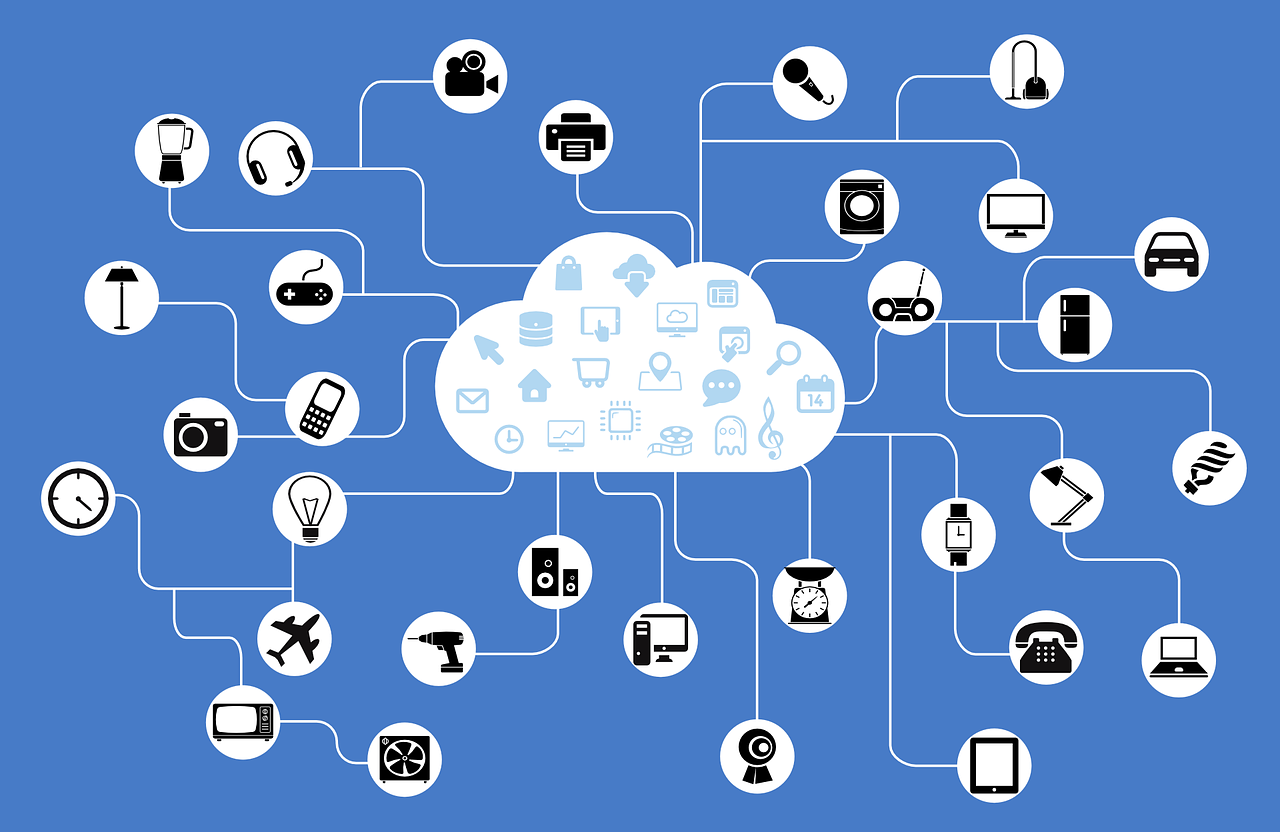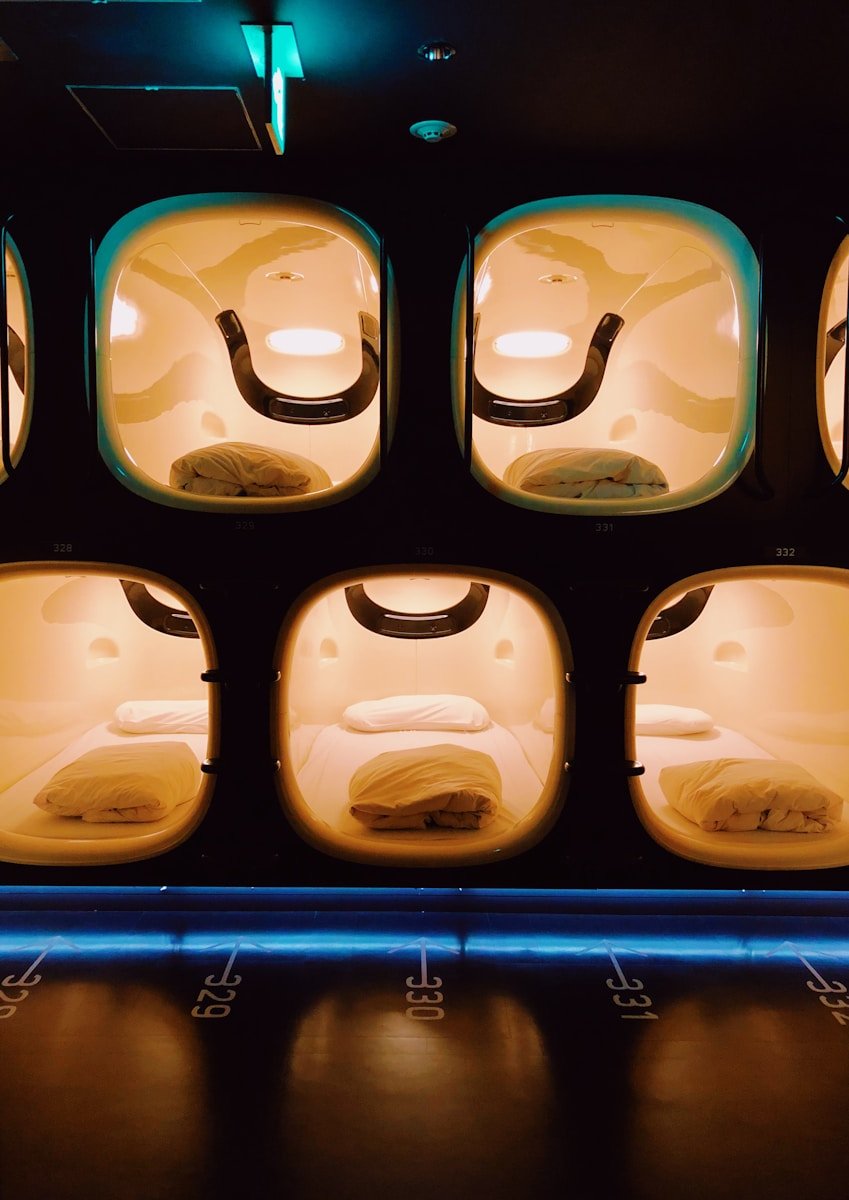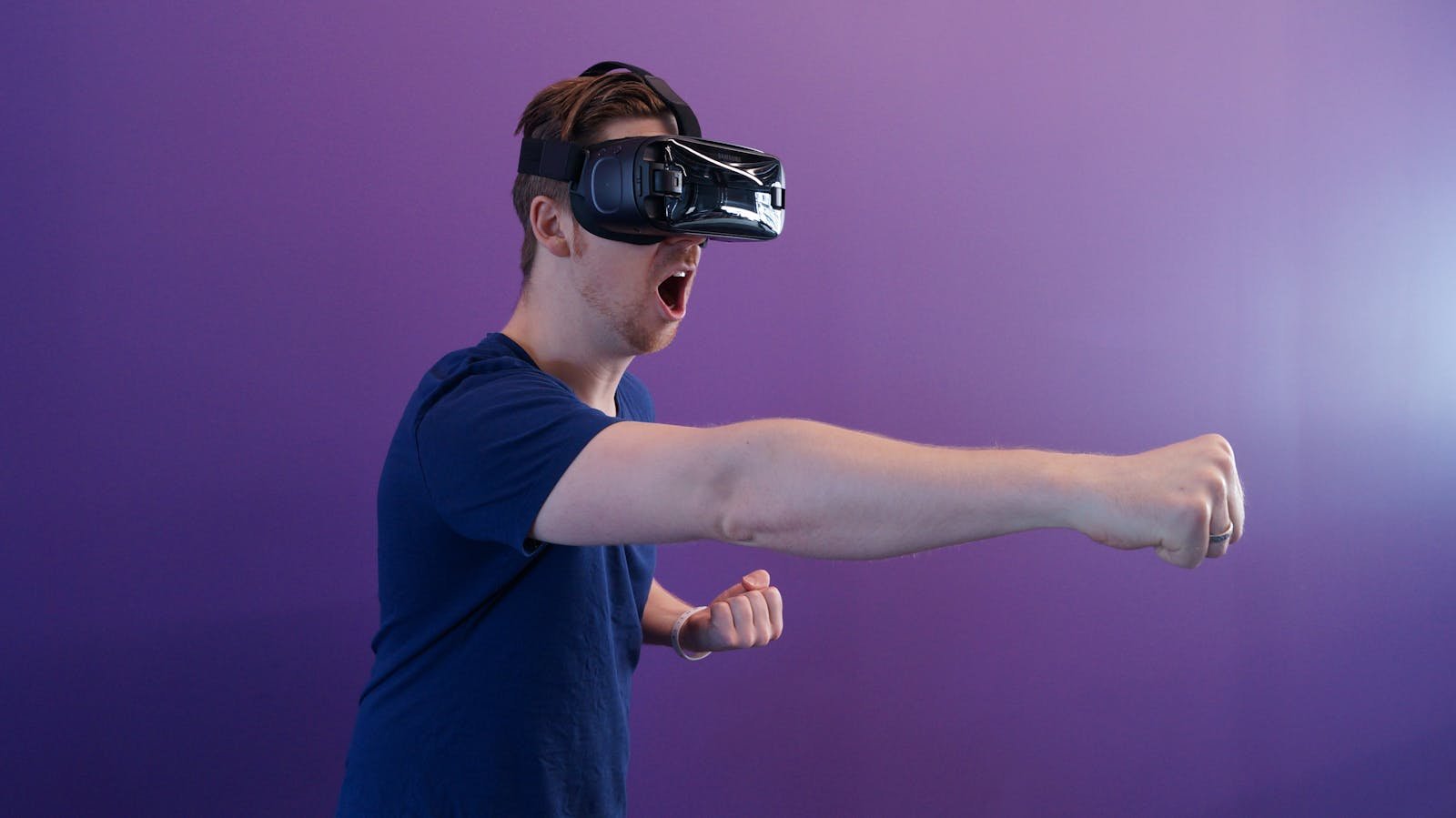The Internet of Things (IoT) and the Internet of Everything (IoE) are related concepts, but with key differences in scope and focus here the differences between:
The Internet of Things (IoT) refers to a vast network of physical devices embedded with sensors, software, and other technologies that allows them to connect and exchange data with other devices and systems over the internet. These devices, also called “smart objects,” can range from everyday household appliances to sophisticated industrial machinery.
The Internet of Everything (IoE) is a term used to describe a future network of interconnectedness that extends beyond just physical devices. It envisions a world where everything, not just “things,” is connected to the internet and can exchange data and information.
Imagine a bustling city:
- IoT: This is like a smart building within the city. Sensors in the building collect data on temperature, occupancy, and energy usage. This data is sent to a central control system (cloud platform) that can then adjust lighting, heating, or ventilation to optimize efficiency.
- IoE: This is like the entire smart city. The smart building interacts not only with its own systems but also with the city’s traffic grid, weather monitoring networks, and even delivery drones. Traffic lights can adjust based on building occupancy data, deliveries can be optimized based on real-time traffic conditions, and weather alerts can trigger adjustments to the building’s climate control.

Key Differences between IoT and IoE
Here are the key differences between IoT and IoE.
Focus:
- IoT: It emphasizes connecting physical things, primarily focusing on hardware like sensors and actuators embedded in devices.
- IoE: It broadens the scope to include not just physical objects but also intangible things like data, processes, and even people.
Components:
- IoT: It deals with a limited set of components, mainly smart devices and the platforms they connect with.
- IoE: It encompasses a vast and diverse network, including people, software, data streams, and a wider range of devices.
Data Flow:
- IoT: Data exchange is typically unidirectional or point-to-point. Devices collect data and send it to a central platform for analysis or control.
- IoE: Data exchange is multidirectional and more complex. Data flows between various entities within the network, enabling real-time interaction and decision-making.
Here’s another analogy: Think of IoT as a smart home where your appliances can talk to each other and a central hub. IoE would be like a smart neighborhood where your house communicates not just with other houses, but also with traffic lights, energy grids, and even delivery drones, creating a more interconnected and intelligent ecosystem.
Here’s a table summarizing the key differences:
| Feature | Internet of Things (IoT) | Internet of Everything (IoE) |
|---|---|---|
| Focus | Physical devices | People, things, processes, data |
| Components | Smart appliances, sensors | Everything connected to the internet |
| Data flow | Device-to-device, device-to-cloud | Complex interactions between all entities |
| Scope | Limited to connected devices | More comprehensive and intelligent network |
Benefits of IoE
IoE holds immense potential to improve our lives in a multitude of ways.
- Greater Efficiency: Seamless data exchange between all entities can optimize processes and resource allocation across various sectors.
- Enhanced Decision-Making: Real-time data from everything in the network can lead to better-informed decisions and improved problem-solving.
- Personalized Experiences: By understanding individual needs and preferences (people), IoE can personalize experiences in everything from healthcare to entertainment.
- Smarter Cities & Infrastructure: Connected infrastructure can optimize traffic flow, energy usage, and waste management, leading to improved urban living.
The future of IoE lies in overcoming technical hurdles like standardization and security concerns, while ensuring responsible development and addressing the ethical implications of a ubiquitous network. By embracing this evolving landscape, we can unlock the potential of a truly connected future.
In conclusion, the Internet of Things (IoT) and the Internet of Everything (IoE) represent distinct yet interconnected concepts. IoT focuses on connecting physical devices with sensors and internet connectivity, allowing them to collect and share data. IoE expands on this foundation, aiming for a more comprehensive network that integrates not just devices, but also people, processes, and all forms of data.







